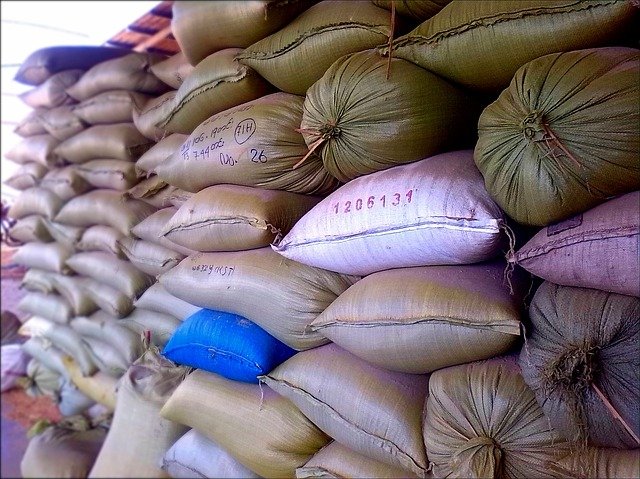There are a lot of world challenges we are seeing every day in the media. Whether you believe what you hear on news reports or not, the reality is we are in difficult times. In fact, it’s likely to get more perilous before it improves.
 With that, it is important to consider ways to get better prepared in the event things become more difficult. Even if you don’t think things will get worse, you would be wise to at least prepare for potential natural disasters that could be a short-term disruption to your normal life pattern. We will start by considering some food storage. So, let’s take a look at exactly how to begin your emergency food storage.
With that, it is important to consider ways to get better prepared in the event things become more difficult. Even if you don’t think things will get worse, you would be wise to at least prepare for potential natural disasters that could be a short-term disruption to your normal life pattern. We will start by considering some food storage. So, let’s take a look at exactly how to begin your emergency food storage.
Are you looking to begin developing an emergency food storage? This is a great means to plan for emergency situations like natural catastrophes or any type of reason you need to be home for extended periods of time as well as may not have the capacity to buy more food.
Below are some very easy pointers for progressively developing your emergency food storage:
Build Your Emergency Food Storage Slowly
It can be alluring to go out and invest thousands of dollars on food for emergencies, however this isn’t handy or functional. You intend to begin slow-moving, and build it up simply a little at a time. One of the most convenient means to begin working with your emergency situation food storage is simply to acquire a little extra of specific sorts of food or mineral water.
If you buy one package of ground beef for tacos one week, you may want to go ahead and get 2 packages instead. Grab an gallon or two of bottled water when it gets on sale, or slowly add more things to your kitchen that you understand will certainly last for a long period of time.
 Make Water Your Top Priority
Make Water Your Top Priority
Having clean drinking water and distilled water that can be utilized for various other things ought to be your top concern when it concerns emergency situation food storage. Water is the best item you can have in your home, given that it can be found in useful in numerous various emergency situation circumstances. You can use it as clean drinking water, for cooking, brushing your teeth, bathing, cleaning, and so much more.
Try stockpiling bottled water either in the pantry or in other areas of your residence, like saving it in your garage or cellar. Just realize even bottled water has an expiration date, so you will need to develop a rotation system to use it when there is no emergency.
More Emergency Food Storage Tips
Here are a few more tips to follow when you are putting your emergency food storage together.
Stock up on more non-perishable food items.
Yes, even the processed ones! These are going to come in handy in an emergency. This should include canned and jarred foods, freeze-dried and dehydrated snacks, and anything that is pantry safe, like nut butters, granola bars, and other processed snacks.
Get vegetables in cans, not frozen.
While frozen vegetables are great for normal daily cooking, in emergencies, the power often goes out. Stocking up on frozen vegetables isn’t going to help you much in those situations. Get plenty of veggies and tuna in cans for emergencies.
Be smart about where food is stored.
For example, if there is a flood in your area, keeping all that food on the ground level of your home is only going to get it ruined. Make sure you choose an area higher up above the ground, and store it in containers that will protect it.



